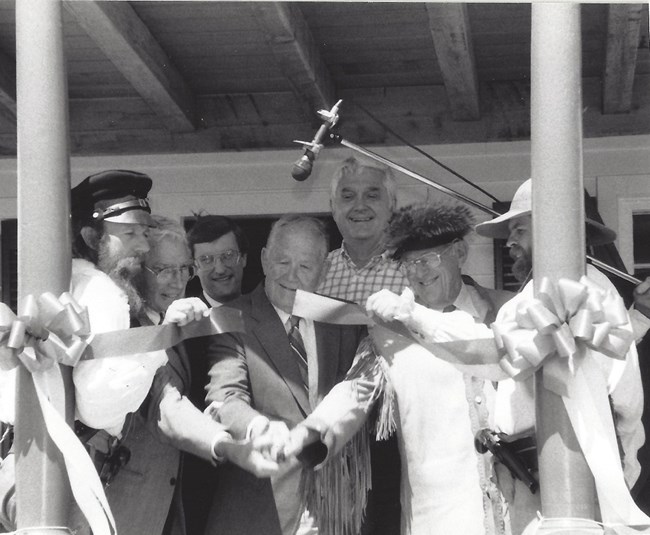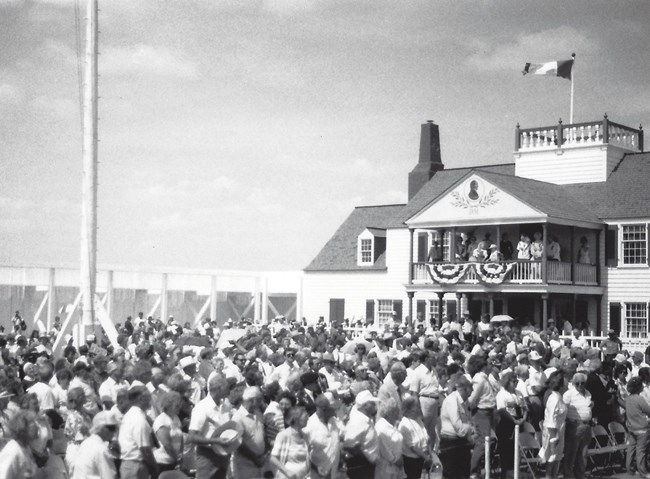|
“The Largest and Best Built Establishment” 
NPS Photo First built in 1828, the American Fur Company’s Fort Union trading post transformed the Upper Missouri. The events that transpired there and the people who visited helped to inspire the preservation and protection of our region’s and nation’s heritage. But “support for preserving and reconstructing Fort Union was like the Missouri River in summer,” the historian John Matzko wrote in 2001, “broad but shallow.” That was until North Dakota and MonDak-area residents, recognizing the fort’s national significance, convinced Congress and the National Park Service to preserve and reconstruct what the artist George Catlin in 1832 had called “the largest and best built establishment.” 
NPS Photo To learn more about Fort Union and its too-often forgotten legacies, check out each of the links below. Explore how our twentieth-century advocates, artwork, and archeologists, including women, transformed a seemingly empty field into the partial reconstruction of an 1851-era Upper Missouri River trading post that helped to inspire a still growing global phenomenon.
Early Advocates for Reconstruction Fort Union's Fur Trade Origins Resurrecting the Flame of History A Champion of History The Buildup to Reconstruction Uncovering the Fort's Storied Past Built Where the First One Stood Art and a New Understanding of Place The Women of the Fort Medicine Snake Woman A Grand Old Flagpole Continuing Contributions |
Last updated: April 24, 2021
